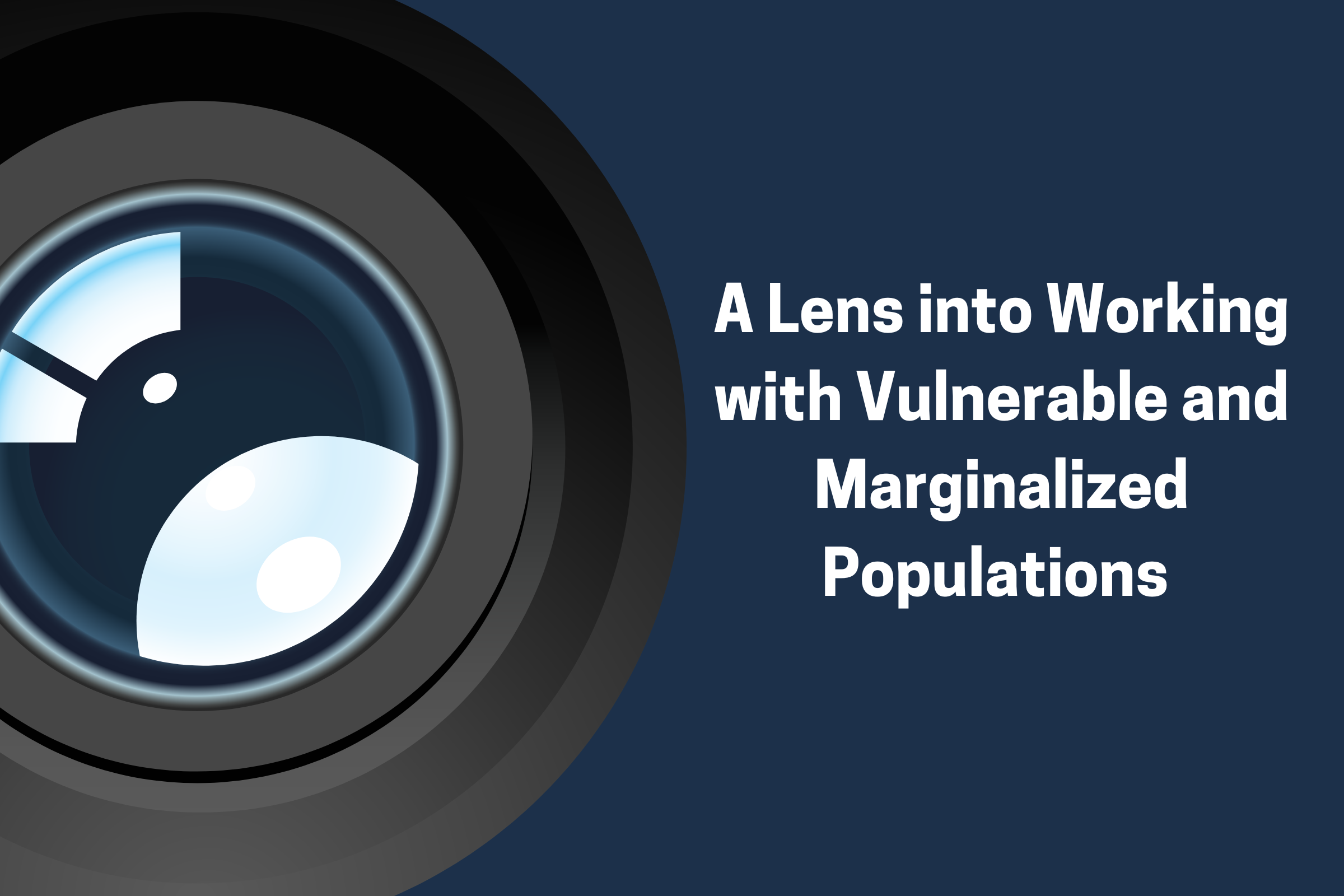“A Lens into Working with Vulnerable and Marginalized Populations,” is a blog series examining the guiding ethical principles which govern the Institutional Review Board (IRB) and how researchers navigate the challenges and opportunities of working with vulnerable and marginalized populations. This series includes a sequence of interviews with members of the Teachers College’s (TC) research community and offers insights into how researchers engage in study activities, handle the demands of research, and ensure sound ethical practices.
In this blog series, Jona Avdiu, an IRB Research Writing & Ethics Intern, met with researchers representing diverse content knowledge to explore the fibers of the research community at Teachers College. Each interviewee was interviewed for approximately 15-30 minutes, asked roughly the same questions, and encouraged to share insights into how they see themselves in a researcher role and as part of the TC research community.
The first post in this blog series, titled, “Diversity of Vulnerability” builds from topics presented in the “Fostering Ethical Research in Contexts with Nuanced Vulnerability” series and explores the diversity of vulnerability and how researchers navigate this spectrum. The second post in this series, titled, “Barriers to Recruitment of Vulnerable Populations at a Participant and Researcher Level,” provides insights into subject selection and recruitment, and populations most at risk of harm. The third post in this series, titled, “Improving Recruitment and Retention of Vulnerable Populations,” presents considerations for researchers as they navigate their data collection landscape including suggestions from esteemed researchers in the field.
Generally, vulnerable populations refer to groups of people who have limited options or access to resources (e.g., food, water, shelter, healthcare, funds, education, etc.), may be disadvantaged, vulnerable to coercion, or may represent a historically underserved or oppressed population, and may be compromised in their ability to give informed consent to participate in research.
There are several definitions available for the term vulnerable population; the words simply imply the disadvantaged sub-segment of the community requiring utmost care, specific ancillary considerations and augmented protections in research...The vulnerable populations refers to but not limited to children, minors, pregnant women, fetuses, human in vitro fertilization, prisoners, employees, military persons and students in hierarchical organizations, terminally ill, comatose, physically and intellectually challenged individuals, institutionalized, elderly individuals, visual or hearing impaired, ethnic minorities, refugees, international research, economically and educationally disabled and healthy volunteers.
Shivayogi, 2013
Researchers can access a variety of resources to supplement their understanding of risk and vulnerable populations including these sources:
- Vulnerable Populations | HHS.gov
- Recommendations for Vulnerable Populations | HHS.gov
- Shivayogi P. Vulnerable population and methods for their safeguard. Perspectives in Clinical Research. 2013;4(1):53-57. doi:10.4103/2229-3485.106389
- Vulnerability in Research: Basic Ethical Concepts and General Approach to Review
- Fostering Ethical Research in Contexts with Nuanced Vulnerability
